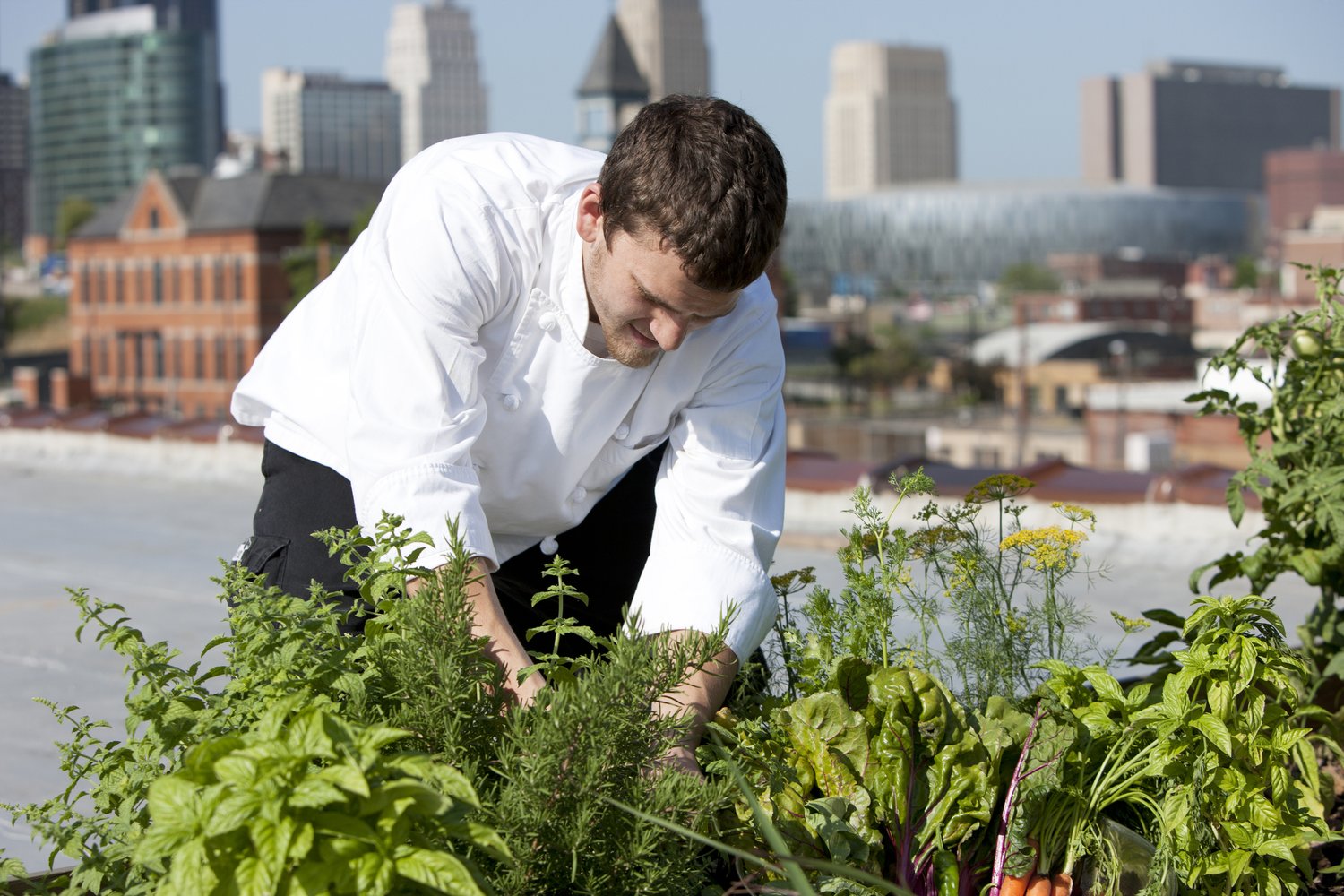The Main Principles Of City Blooming
The Main Principles Of City Blooming
Blog Article
3 Easy Facts About City Blooming Described
Table of ContentsExcitement About City BloomingCity Blooming for DummiesExamine This Report about City BloomingThe Basic Principles Of City Blooming An Unbiased View of City Blooming
Interested in expanding food for sale in the City of Chicago? Below is a listing of often asked concerns relating to the rules and guidelines that farmers must take into consideration when intending an urban agriculture task.
The zoning change does not modify any other codes managing composting, building licenses, purchasing or renting City owned residential property, service licenses or ecological contamination. There are existing codes that regulate these concerns and they remain in full result and may apply to your project. Area yards are usually owned or taken care of by public entities, public companies or community-based organizations and kept by volunteers.
Urban farms grow food that is planned to be sold, either on a not-for-profit or for-profit basis. As a result of their commercial function, city farms need a company certificate. Yes. A neighborhood yard is allowed to offer excess create that was grown on website if the sales are accessory or subordinate to the garden's key function described over.
The smart Trick of City Blooming That Nobody is Talking About
The quantity of garden compost material can not go beyond 25 cubic backyards at any kind of given time according to the criteria in 7-28-715 of the City's Municipal Code. Since the dirt at a lot of brand-new yard sites requires amending, garden compost, dirt, wood chips, or other materials can be obtained to construct or enhance the expanding space.

If a building authorization is needed then the hoophouse will be considered an accessory structure. You can figure out more about the building authorization demands by calling the Department of Buildings. The 25,000-square-foot size limitation is meant to stop a single area garden from controling a given block or detracting from the block's existing household or industrial personality.
The restriction does not apply to gardens located in Public Open Room (POS) districts. Can there be even more than one community yard that is 25,000 square feet on a solitary block? Fence is not needed, nevertheless, yards that have huge car parking locations may be called for to mount secure fencing or various other landscape design features.
Things about City Blooming
B1 & B2 districts call for that all business use activities be performed indoors. Is secure fencing required for metropolitan farms? Fences may be called for, along with landscape design and screening, for particular car park locations and exterior job or storage space locations depending on place and the specific activity taking place.
Urban ranches call for structure licenses and zoning authorizations prior to construction (garden care). Various other forms of city review may be called for depending on specific frameworks, tasks, size, landscape design, licensing, public heath and stormwater monitoring issues.
The Department of Company Affairs and Customer Defense can assist determine the certain kind of organization certificate that's read what he said called for. Off road parking is required for many industrial projects in Chicago. The called for number of car park spaces is based on the number of staff members working on site and not the square video footage of the growing area.
City Blooming Can Be Fun For Everyone

Yes. An urban ranch can offer compost material produced on website, nonetheless, the operation must adhere to the regulations in 7-28-715 of the Chicago Municipal Code. Yes. Aquaponic systems are permitted inside your home on city farms in many zoning areas. Nonetheless, a zoning evaluation and structure authorization is required in order to set up structures or systems and a company permit is required as described over.
Up to 5 hives or nests of honey may be kept as an accessory usage. However, beekeepers need to sign up with the Illinois Division of Farming. For more details concerning the suggested zoning change you may speak to the Division of Housing and Economic Development, Bureau of Planning and Zoning at 312.744.8563.
Farming in cities and metropolitan areas A metropolitan ranch in Chicago. Urban farming refers to numerous techniques of growing. https://my-store-faa5b0.creator-spring.com/, processing, and dispersing food in city locations. The term additionally relates to the location activities of pet husbandry, tank farming, beekeeping, and horticulture in an urban context. Urban farming is differentiated from peri-urban agriculture, which happens in backwoods at the side of suburban areas.
The 10-Second Trick For City Blooming
, that seek to form social networks established on a common values of nature and area holism. These networks can develop by way of official institutional support, ending up being incorporated into regional community preparation as a "change town" motion for sustainable urban development.
The extra straight accessibility to fresh vegetable, fruit, and meat products that might be understood via metropolitan farming can boost food security and food safety while decreasing food miles, causing lower greenhouse gas exhausts, therefore contributing to climate adjustment mitigation. Some of the first proof of metropolitan agriculture comes from Mesopotamia.
Report this page